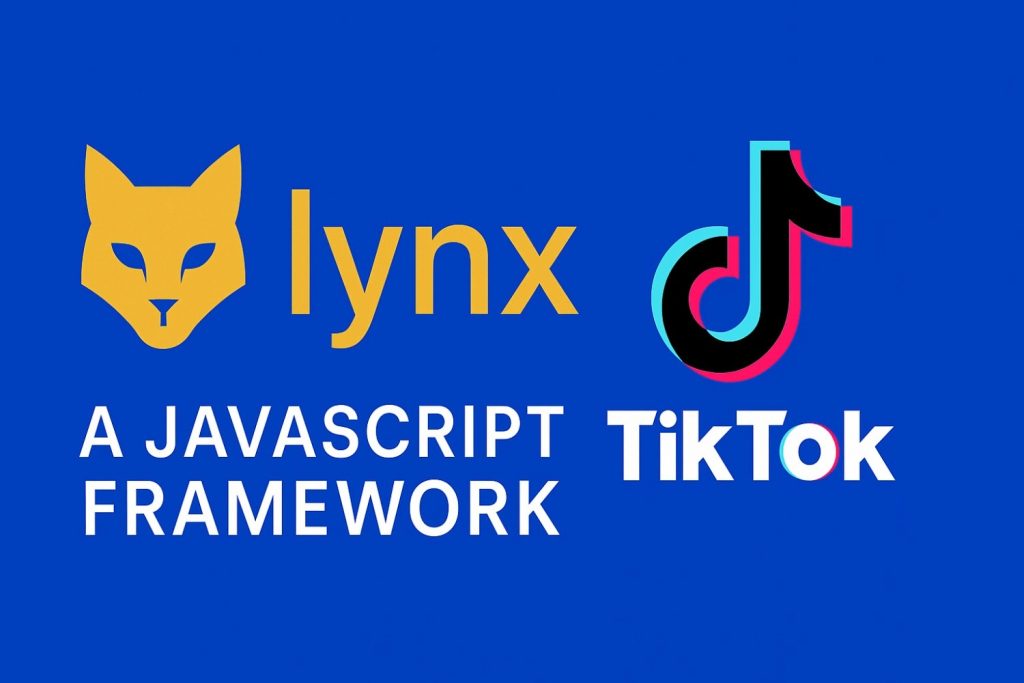Bug bounties sound exciting: get paid to legally hack real-world applications. But if your learning plan includes 40+ open tabs, a Reddit thread telling you to “learn everything,” and asking ChatGPT how to hack Facebook, you’re not alone.
Let’s break that cycle. In this guide, you’ll learn a practical, structured path to learning bug bounties—what to study, where to practice, and how to avoid the rabbit holes that waste your time.
What Are Bug Bounties?
Bug bounties are programs where companies pay security researchers (aka ethical hackers) to find vulnerabilities in their applications. These are run on platforms like:
Yes, you can earn anything from $50 to $50,000+ for finding a bug. But before the payouts come, you need a foundation.
Step 1: Read the Right Book — Real-World Bug Hunting
Instead of relying on outdated PDFs or blogspam, start with Real-World Bug Hunting by Peter Yaworski. It’s practical, readable, and filled with real examples, payouts, and hacker logic.
This book groups bugs by category—XSS, logic flaws, authentication issues—and walks you through the thinking process behind successful reports. It’s storytelling meets technical depth. Don’t touch HackerOne until you’ve read this.
Step 2: Learn by Doing — Not Watching
You can’t learn to hack just by watching CTF walkthroughs or Twitch streams. You need hands-on labs:
These interactive platforms gamify your learning. Each lab helps you build pattern recognition, which is key to spotting real bugs on live targets.
Step 3: Master the OWASP Top 10
If bug bounty hunting has a cheat sheet, it’s the OWASP Top 10. These are the most common and exploited vulnerabilities in web applications:
- XSS (Cross-Site Scripting)
- SSRF (Server-Side Request Forgery)
- Broken Authentication
- IDOR (Insecure Direct Object Reference)
- And more…
Understand how they work, where they hide, and how to break them. If you master these, 90% of real-world programs will make sense.
Step 4: Build a Workflow That Makes Sense
You don’t need 30 GitHub tools and a VM running five scanners. You need a strategy.
Start with Jason Haddix’s bug bounty methodology talks on YouTube. He explains the complete workflow:
- Passive & active recon
- Subdomain enumeration
- Directory brute forcing
- Parameter discovery
The key lesson? Tools are only useful when you know what you’re looking for. Watch his talks twice.
Step 5: Tools Don’t Find Bugs — You Do
Too many beginners think tools will do the work. But automation won’t help if you don’t understand the output.
- Nuclei won’t find bugs if you can’t analyze the templates.
- Burp Suite won’t beep when there’s money to be made.
- Recon tools give you leads, not results.
Real hacking is in the interpretation. Intercept, analyze, think. That’s the skill that earns bounties.
Step 6: Embrace the Struggle
You will fail.
- You’ll spend hours on recon and find nothing.
- Your first report might be marked “informational.”
- You’ll get ghosted.
That’s part of the journey. Each failure is a feedback loop. Every missed bug sharpens your intuition. And when that first triaged email hits your inbox? It’ll all make sense.
Final Advice: Stay Curious, Stay in the Game
- Break things.
- Join CTFs.
- Build your own vulnerable apps.
- Dig through bug bounty writeups.
- Set up your own Burp Suite lab and learn the hard way.
The only real bug is the one you didn’t look for.









